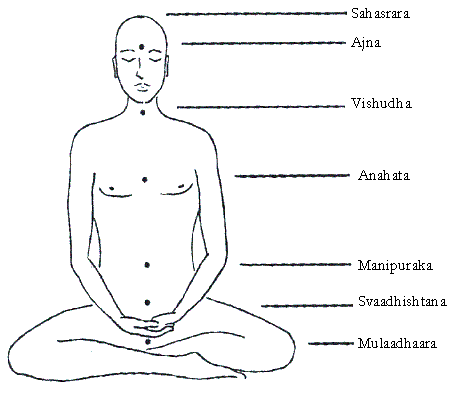Other forms of Yoga
Other Forms of Yoga
Hatha Yoga
Hatha means "force", or "forceful". Known as the Path of Inner Power, this refers to the practice of yoga that is primarily concerned with purification and strengthening of the physical body. Hatha Yoga has become synonymous with yoga in today's world, especially in the West. Essentially, it deals with asana (body posture) and pranayama (breath control) — steps 3 and 4 of Ashtanga yoga — and must be practiced under the guidance of an adept teacher.
According to Babuji: "Hatha Yoga lays down mostly physical practices to effect cleaning, some of which are too hard and tedious for all and sundry, while under the system of Sahaj Marg, it is accomplished by easy mental practices, aided by the power transmitted by the teacher." Babuji adds that because Hatha Yoga deals primarily with the body, it increases one's body- and ego-consciousness, and leads to increased solidity instead of lightness; even after the most diligent practice, it leads an aspirant up to the Ajna Chakra — only point 6 in Sahaj Marg.
Kriya Yoga
Kriya means "ritual action". Known as the Yoga of Ritual Action, Kriya Yoga is union with the Infinite through a certain action or rite, and consists of the preliminary steps of the ashtanga yoga — austerity (tapas), study (swadhayaya), and dedication of one's works to God (ishwara-pranidhana). Mentioned by Sage Patanjali in the Yoga Sutras, this system of yoga was introduced to the West in the 1920s by Paramahansa Yogananda, author of the well-known Autobiography of a Yogi.
Laya Yoga
Laya means "absorption" or "dissolution". Also known as the yoga of dissolution, this system deals with the psycho-energetic centers (chakras) of the subtle body that run parallel to the spinal cord. Although there is no mention of the chakras in Patanjali's Yoga Sutras, they are frequently mentioned in Hatha, Tantra, and Kundalini yoga. Not surprisingly, therefore, when the well-read seekers initially come to Sahaj Marg they often want to know more about them.
The principal chakras (illustrated in In His Footsteps, Vol. 1, p. 64) are:
Mulaadhaara chakra — situated at the sacro-coccygeal plexus
Svaadhishthana chakra — situated at the sacral plexus near the 4th vertebra
Manipuraka chakra — located at the navel
Anahata chakra — situated at the heart
Vishuddhi chakra — situated at the throat (corresponds to point 5 in Sahaj Marg)
Ajna chakra — located between the eyebrows (as it is associated with power, we do not touch upon it directly in Sahaj Marg), and
Sahasrara dal kamal — situated at the crown of the head.
Figure 1. Psycho-Energetic Centers (Chakras) of the Subtle Body

In Sahaj Marg, we meditate on the heart-center at the point where one can feel the beat of the physical heart, and not directly on the anahata chakra. Nor do we deal with any of the other chakras individually; rather, they are purified and developed automatically. Finally, unlike in Laya Yoga and other forms, in Sahaj Marg we are not concerned with the importance of the awakening of the kundalini.
In Efficacy of Raja Yoga, Babuji writes that all the chakras (figuratively called "lotuses") are set within the limits of the heart region, which extends almost from the top of the head to the foot. By meditation on the heart, the surroundings of the heart region begin to expand, extending to all the chakras (lotuses) within the body; all chakras begin to glow automatically as a result. As we proceed above these to the mind region, the chakras are all gone and the condition is different.
Mantra Yoga
Mantra Yoga aims to achieve divine communion through devotional, concentrated repetition (japa) of root-word sounds (e.g., Aum) that have a spiritually beneficial vibratory potency. It is also known as the Path of Sacred Sound. A prime example of Mantra Yoga is transcendental meditation, introduced to the West in the late 1960s by Mahesh Yogi.
Contrary to popular opinion, the verbal, mechanical repetition of a mantra — the sound — in itself serves no purpose. By contemplation one has to discover the inner meaning of the chosen mantra and get absorbed in its essence.